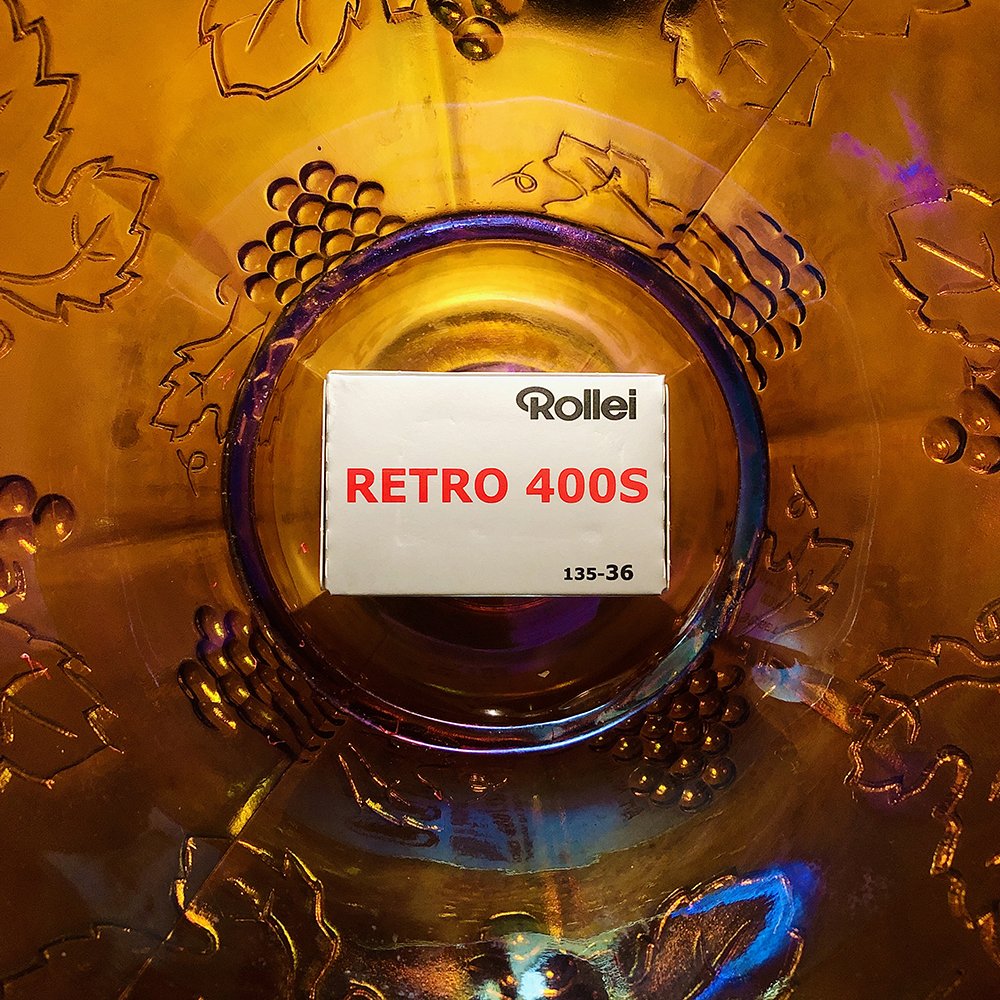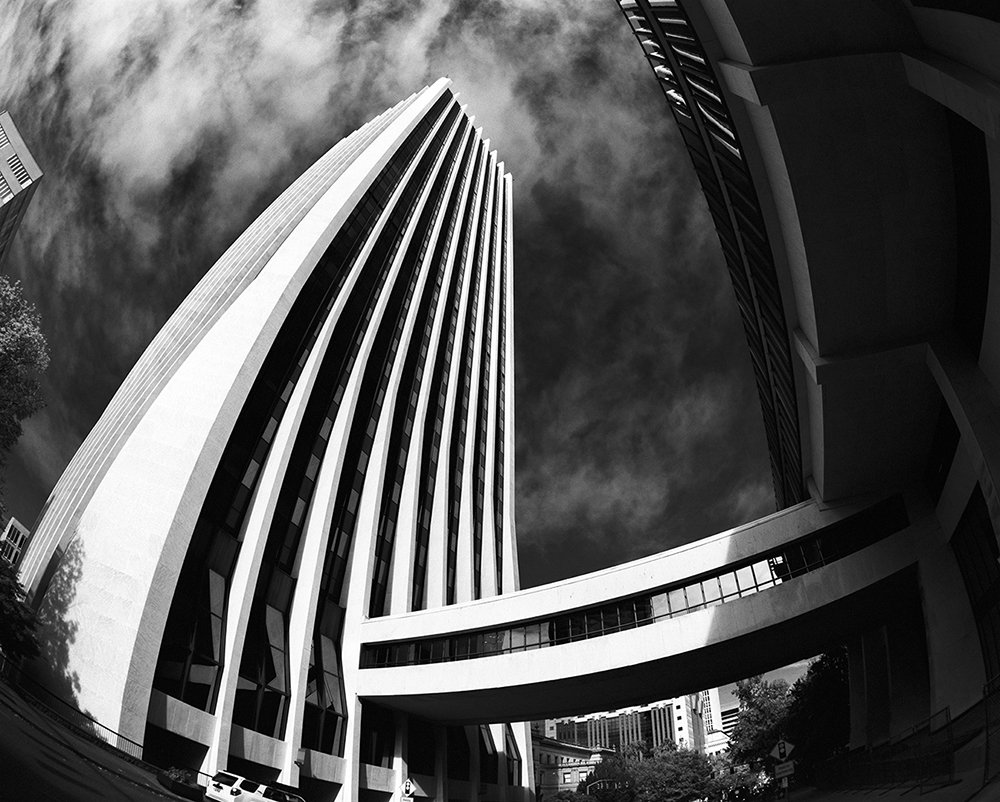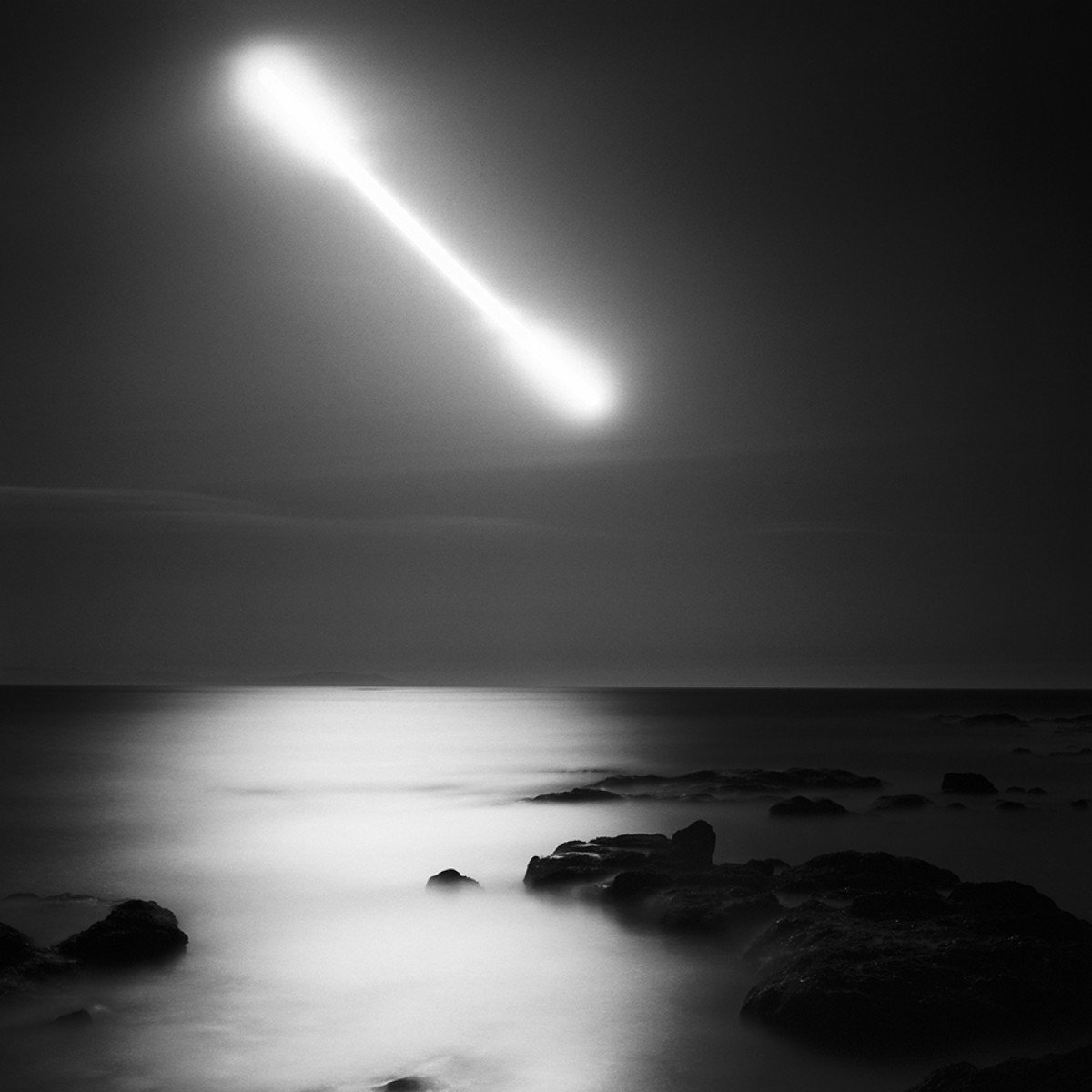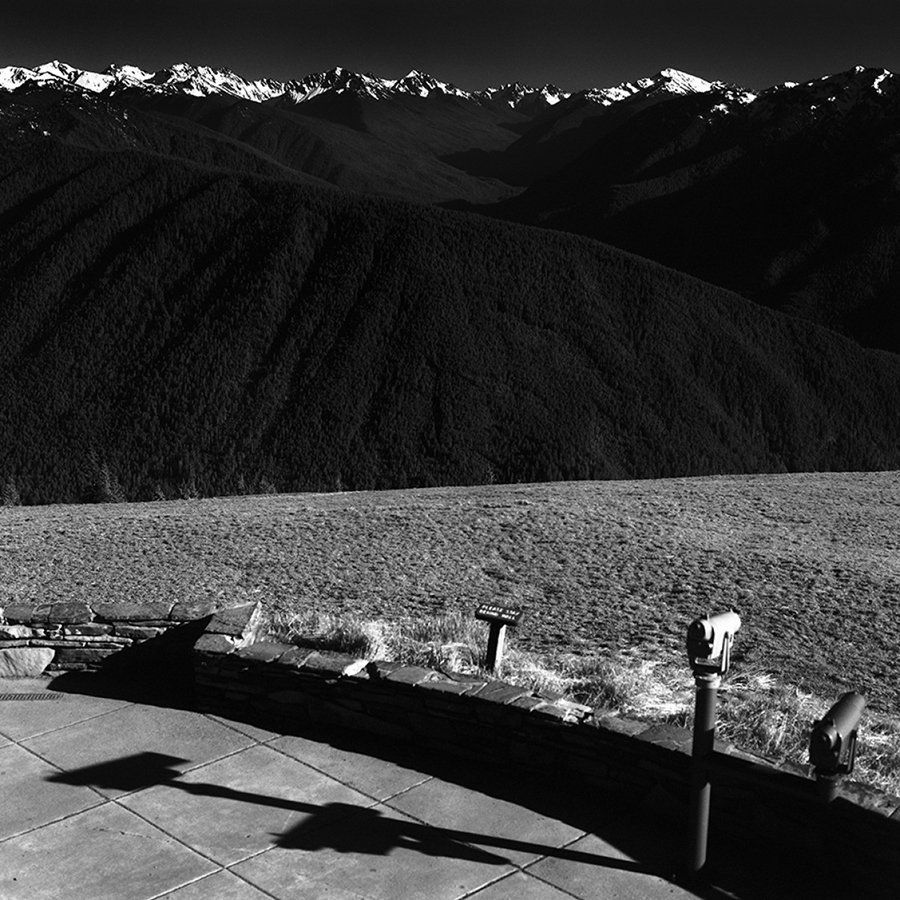Film Friday - March 7th, 2025. Rollei Retro 400S Film Review
Welcome to another Film Friday review, where we like to dig into a particular film emulsion, lay out a bit of its history, share our personal experiences with it and provide some inspiration for why you should try it out. This episode we are featuring Rollei Retro 400S, the high speed member of the Rollei Retro family that also includes 80S, and Superpan 200.
At its most basic, Rollei Retro 400S is a black and white negative film that would be described as “superpanchromatic”. This is a term generally applied to b&w films that have sensitivity beyond the normal visible panchromatic spectrum. In the case of Rollei Retro 400S, it has a modest amount of sensitivity to the near-infrared spectrum, in addition to its normal panchromatic sensitivities. We will get into that further below.
The origins of Retro 400S are pretty murky. First off, the film is not made by Rollei. It is distributed primarily by Maco Direct in Germany, who have licensed the Rollei brand name for this product. But Maco itself does not make this film either. Rollei Retro 400S is almost certainly produced by Agfa Gavaert in Belgium and based on one of their aerial surveillance films: Aviphot 400S. Whether Retro 400S is the exact same as Aviphot 400S, or merely borrowing from its technology is a subject of internet forum debates and something we don’t have a definitive answer to. If we had to guess we would say that Retro 400S is made to order for Maco Direct using processes and formulas once used to make Aviphot 400S. We are not certain exactly how alike this makes the two films. Speaking of internet debates, there is also some debate as to whether Retro 400S is the same as JCH Street Pan or Rollei Infrared or even Rollei Superpan 200. Again, we don’t have exact answers and our best guess answer is much the same as above. Each of these films is likely made to order and likely with subtle differences. We don’t feel like they are all the same film in different boxes, but they are very, very similar films in various ways.
Rollei Retro 400S is a super-panchromatic, black and white film with near-infrared sensitivity. It is capable of making dramatic images, especially when combined with the appropriate filters. This image made with a Mamiya C330 and a red 25 filter.
While we could probably write a short novel on the vagaries of film manufacturing in Europe (and around the world for that matter) we have more pertinent things to discuss in regard to this film.
In addition to being a super-panchromatic, black and white film, Retro 400S is also characterized by its high contrast, relatively fine grain, and good resolution. All this combines to make the film sharp and dramatic. This is not a soft-spoken film, this is a film for making loud, brash, dramatic statements. If you like crunchy shadows or blinding highlights, if you like contrast, if you love harsh photos of harsh light, this is your film. Naturally, contrast and grain can be controlled by developing and can easily be dialed up or dialed down to fit a photographer’s individual desires, but if you follow the generally-used instructions for Retro 400S then drama and contrast is what you will get.
Rollei Retro 400S paired with a fish-eye lens on a Pentax 67 and shot through either an orange or red filter. Pair this dramatic film with a dramatic lens and you have a recipe for distinctive images.
Despite its strong characteristics though, Rollei Retro 400S is a film with depth and it has some other interesting qualities that may not be as readily apparent as its contrast. For example, the film is coated on an ultra-clear PET polyester base. This clear base has a few benefits. It allows the film to dry very flat with minimal curl. Combine the flatness of the base with its clear nature and Retro 400S is very scanner friendly. You get rich, clean blacks with good sharpness across the scan. What is more, the clear polyester base lends itself well to reversal processing. That’s right, want to try making some b&w slides? Rollei Retro 400S is a good film to try this with. We have also seen sources online citing that this film has been verified through testing to have archival properties allowing it to last up to 500 years (under ideal storage conditions). While the idea of making a negative that can last five centuries is probably not a top concern for many of us, it is still pretty cool to know.
When paired with an R72 filter Rollei Retro 400S can produce a full infrared look.
But let us now turn to one of Rollei Retro 400S’ sneaky best qualities: it is a fully capable infrared film! What this means is that with proper filtration you can use this film to pick up IR-only exposure, creating some beautiful and surreal photos along the way. Generally the visible portion of the spectrum of light ends about 700nm. This is deep red light (or electromagnetic radiation - EMR). Wavelengths just beyond this end of the visible range are usually classified as “near-infrared” and they extend out as far as 2500nm - not that photographic film is ever sensitive this far out. Most infrared-capable films typically have sensitivity into the 750-850nm range. Where exactly Retro 400S falls we are not exactly certain. If you assume this film is the same as Aviphot 400S, then that film’s datasheet shows a maximum sensitivity of about 820nm. But we have seen conflicting reports stating that Retro 400S has sensitivity only to about 750nm. Whichever it is though is more than sufficient.
The best filter to get the most out of Rollei Retro 400S’ infrared sensitivity is an R72 filter, which cuts off transmission at 720nm, or basically all visible light exposure. Using Retro 400S with an R72 will produce the glowing “Wood effect” where vegetation is snowy white and blue skies are inky black. With this filter we typically compensate exposure by a filter factor of six stops. Your mileage may vary so be sure to do some testing first!
Beyond those applications the only other use we have thus far put Retro 400S to is a bit of long exposure work. It seems to do fine. There is no particular reason we would seek this film out for that kind of photography but there is also no particular reason we would avoid it either. However, if the notion of infrared long exposure work is intriguing to you, it can be done with Retro 400S (just make sure your ND filter doesn’t have an IR-blocking layer on it like a lot of them do these days). Retro 400S has a fair bit of reciprocity failure and you should start adding compensation after about 10 seconds. By the time you are doing a minute-long exposure we would guess the film needs an extra stop of exposure minimum, and probably a bit more than that. But having said that, we have done some long work with this film.
A one hour exposure using Retro 400S and a Hasselblad 500C.
That about wraps up our look at Retro 400S. This is a film that we have both used a fair bit but still feel like we have plenty to learn, so we plan to keep playing with this stuff. Meanwhile we encourage you to give it a try too! Shoot some of this unfiltered in dramatic light or pair it up with an R72 filter and do some infrared photography!
We have almost every film stock available on the market. Check it out!
If you need an excellent lab for meticulous film developing, topnotch optical prints, traditional darkroom printing and superb film scanning, we’re your lab!
Also, sign up for our weekly newsletter The Loupe and keep your eyes peeled on our social media feeds every Friday when we feature a different film and also offer it at a one day discount of 15% off!
Rollei Retro 400S - 35mm and unfiltered. This is how this film handles late evening light.
Another unfiltered Rollei Retro 400S images. Even without filtration it has higher than normal contrast.
Rollei Retro 400S with a Red 25 filter.
Another Rollei Retro 400S image with a red filter. If you are ready to jump into the infrared realm with this film using a red filter can be a fun and easy way to get dramatic results with this film.
All talk of filtration aside, this film does have some great detail and resolving power.
Load up a roll of Rollei Retro 400S in your favorite point and shoot and turn a normal city walk into something fun with the drama of this film. Image made with an Olympus Stylus Epic.
The naturally high contrast of Rollei Retro 400S can also instill atmosphere in softly-lit situations, such as a smoky morning in Portland during wildfire season. Image made with a Hasselblad 500C.
Rollei Retro 400S shot with an R72 filter through a Fuji G617 panoramic camera.
Rollei Retro 400S shot through a Hasselblad 500C without any filters.






















